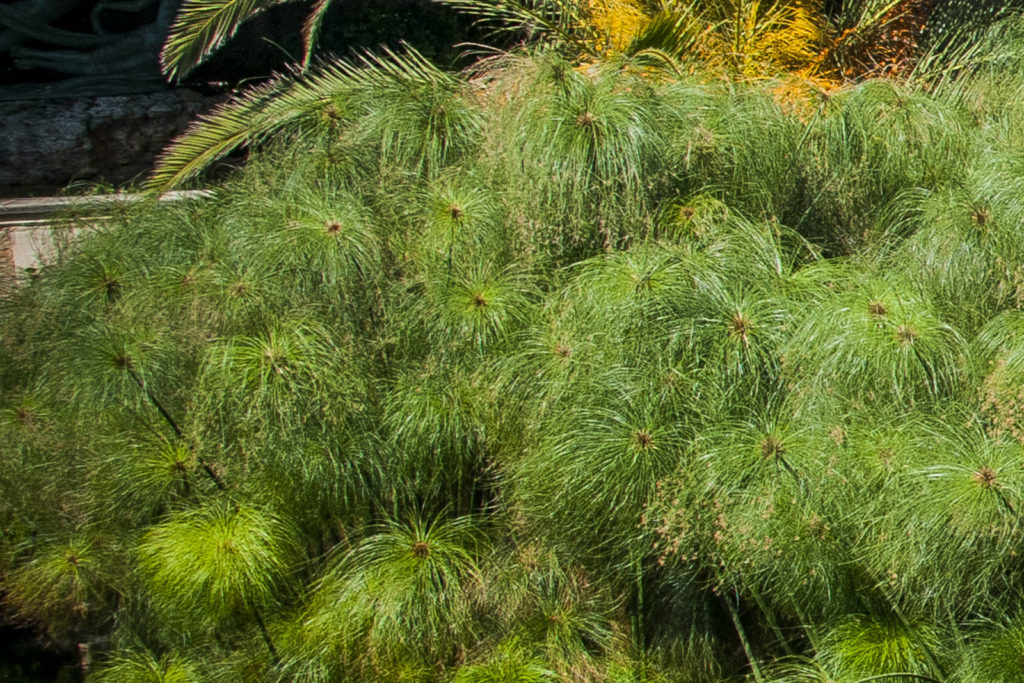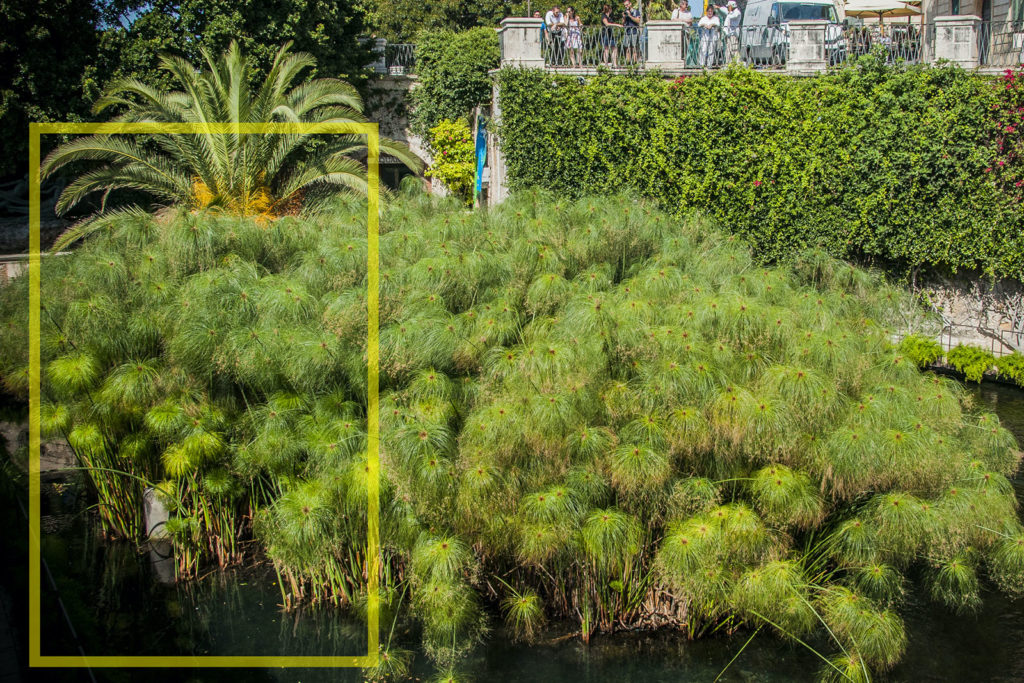A place like Ortygia, a strip of land surrounded by water, can only be associated with the smell of the sea.
An aroma of freshness intoxicates the nose of those who come to this land, mixed with the odours of salt, seaweed and fish.
Essences that evoke strong feelings and abstract ideas of travel, research, summer, air and the experience of the past.
In memory of the glorious Greek polis, let’s immerse ourselves in the atmosphere of the symposium, during which young “ethereal” women were invited to dance and play the aulos, a flute-like wind instrument.
Music played a very important role in the symposium.
In addition to the aulos there was often the lyre and, more rarely, the crotalum and small drums, as shown by numerous vase depictions.
Musicians were not the only ones who sang, but were accompanied by the guests themselves, who took turns performing.
Those who could not play, on the other hand, emphasised the rhythm of the singing by marking time with sprigs of laurel or myrtle.
During the symposium, unlike at the banquet, wine was drunk in abundance accompanied by tastings of typical Greek food: cheese, olives, dried or exotic fruits and salty or spicy appetizers.
Young cup bearers mixed wine and water in large jars, often outside the symposium rooms, and put the liquid inside special wine jugs called oinochoe.
Among the waters of the Arethusa spring, you can spot the papyrus plant (Cyperus papyrus): an aquatic plant imported from Egypt.

